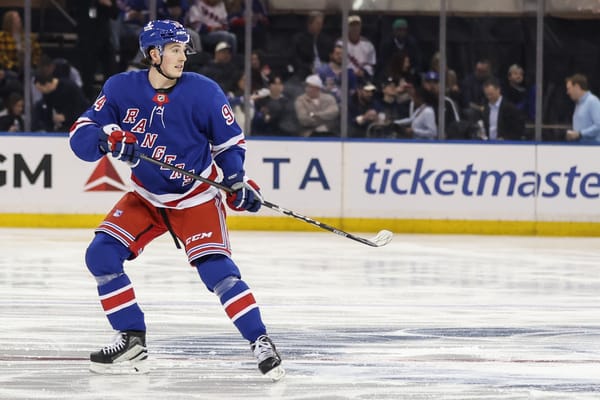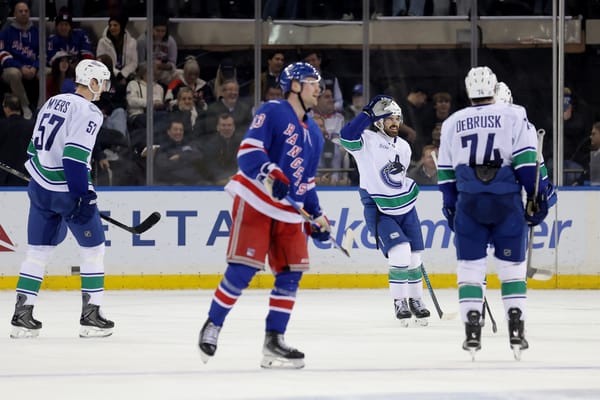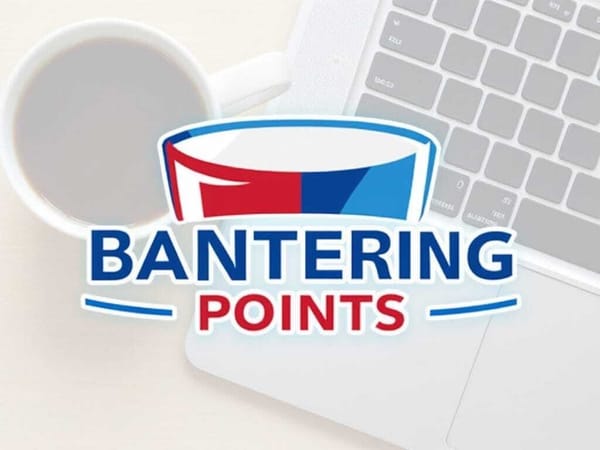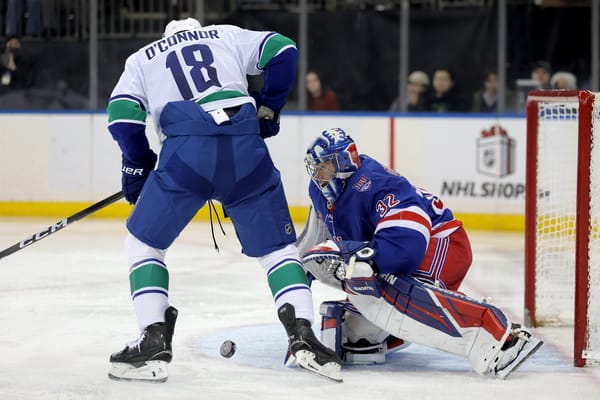Fredrik Claesson Deserves to Stay In Lineup
New York Rangers’ headd coach David Quinn was noncommittal when asked if Brady Skjei would return to the lineup Monday vs. the Dallas Stars.
David Quinn was asked, given how well Brendan Smith and Freddie Claesson played, if he's in a rush to get Brady Skjei back into the lineup. Said Quinn: "I'd like to get Brady in, but...'' He said he'll need to watch the game film to see if a defenseman needs to come out.
— Colin Stephenson (@ColinASteph) November 18, 2018
Quinn admittedly wants to get Skjei back in, and it makes sense given Quinn’s usage of him so far, and in the bigger picture, the franchise’s belief in the third-year defender as evidenced by the massive contract extension he was awarded in the offseason. Make no mistake, Quinn’s decision to sit Skjei — among other defenders this season — has to do with accountability. But if Skjei comes back in, assuming all six other defenders are healthy, it means one has to come out.
The question then is, which defenseman should take a seat in the press box? It may not be clear to the coaches yet, but it should be clear that it shouldn’t be Fredrick Claesson.
Let me preface everything that comes next by saying, I know Claesson’s body of work in a Rangers’ sweater is just eight games. While it’s eight games of work from a defender who was signed nonchalantly on July 1 to be a depth defender, it’s still important to look at what he’s done in the context of how it aligns with Quinn’s philosophy, and why scratching him would send the wrong message.
This season Claesson has skated primarily with Kevin Shattenkirk 5v5, and the pairing has logged 85:24 of total ice time. In second place is Brendan Smith who has skated with Claesson for a total of 15:01, so the focus here will be on the aforementioned pair.
Claesson returned to the lineup on November 10 after recovering from an injury, and was paired with Shattenkirk once again. He picked up his first goal of the season vs. the New York Islanders, but most of his contributions have been on the defensive side.
Claesson fires it top shelf for a 2-0 lead. pic.twitter.com/X6lxGh7CkC
— NHL GIFs (@NHLGIFs) November 16, 2018
The pairing together has been a successful one, albeit in a small sample, and it is worth continuing for the foreseeable future. With that pair on the ice, the Rangers have taken 48 percent of the shot share, which is plus-2.56% relative to the team. The duo also has a goals for percentage of 60 (plus-10 relative), but their expected goals share is even better at 66.23 percent which accounts for shot quality (plus-18.17 relative) according to Corsica. That shot quality includes scoring chances (63.46 SCF%) and high danger chances (66.67 HDCF%, according to Natural Stat Trick).
In simplest terms, the pairing generates offense, scoring chances and high danger chances at a pretty good rate. They also generate more shots on net than they surrender, but they are slightly losing the shot attempt battle.
These numbers are pretty good, and the pairing’s PDO of 102.37 highlights some luck but it isn’t a huge red flag. In context, Smith and Claesson’s PDO is 114.29 is.
I wanted to look at things a step further and see if the pairing was a situation in which one player was driving the success. In the past this was evident when looking at the pairing of Ryan McDonagh and Dan Girardi, and the numbers were clear in showing that McDonagh was propping up the pairing and even excelled when he was away from Girardi.
In the 28:58 that Claesson has been away from Shattenkirk, he’s posted a stat line that includes a 56.92 CF%, a 100 GF%, a 57.14 SCF%, and a 50 HDCF%. Conversely, during the 193:28 that Shattenkirk has been away from Claesson, his stat line includes a 53.33 CF%, a 57.14 GF%, a 52.02 SCF%, and a 56.18 HDCF%
In both cases, each defender has shown an ability to pull their own weight, with Shattenkirk’s weighing a bit more because he’s played nearly 200 minutes as opposed to Claesson’s 28:58. The point, however, is that Quinn has shown a tendency to reward performance and since returning to the lineup, Claesson has done his job. And if we’re focusing on recent performance, in the last four games, the pairing has skated 52:34, and has a CF% of 46.67, a GF% of 60, a SCF% of 61.29, and a HDCF% of 64.71.
The numbers as a whole are a mix of average and decent, but there’s the potential for the pairing to improve by spending more time together. At this point of the season the Rangers are exceeding expectations, in a season that seemingly had very low expectations, and they should look to make the very most out of their minimal $700,000 investment in Claesson — especially after considering how well he’s played already.
The Rangers’ defense as a whole has been as expected, and ultimately Skjei will and should be part of it. At this point though, it shouldn’t come at the expense of Claesson who is working hard and generating some positive results for the team.
Personally, I would love to see Claesson paired with Neal Pionk at some point, because I think he could help improve some of his struggling underlying numbers. That, however, is a story for a different day.
Claesson’s effectiveness and productivity going forward may fluctuate as he logs more time on ice, but he at the very least deserves to keep on playing and prove that he is incapable of doing so.





